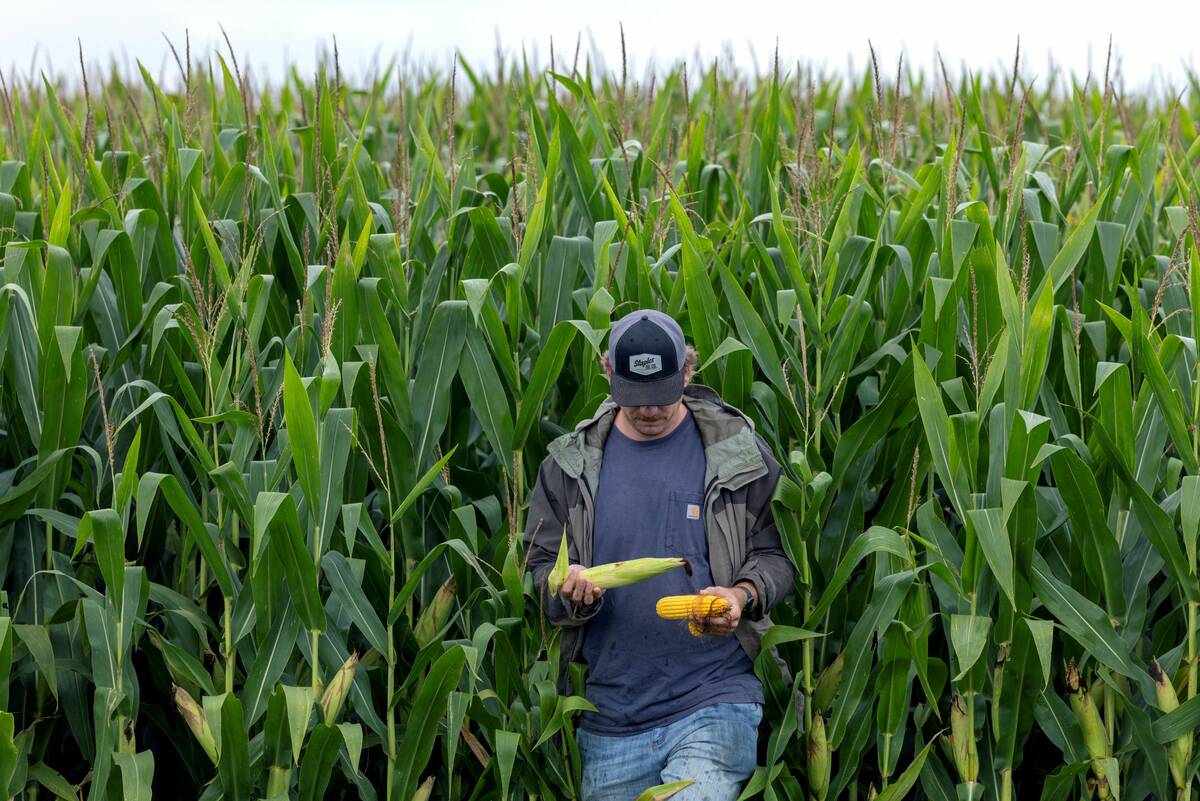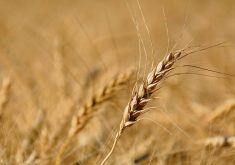MarketsFarm – With the exception of a handful of areas, most of Saskatchewan remained dry for the week ended July 31 as harvest operations began in the province’s southwest and west-central regions.
Areas north of Prince Albert and northwest of Kindersley, as well as inside and around Hudson Bay each saw more than 30 millimetres of precipitation. However, the southeast quarter of Saskatchewan only received trace amounts. Since April 1, the entirety of the province received 200 mm or less with the communities of Leader and Outlook getting less than 75 mm.
Read Also

The U.S. corn crop could be the biggest ever. That’s terrible news for America’s farmers.
The USDA predicts a record corn crop for U.S. farmers, who question the agency’s accuracy amidst high debt and low crop prices.
Across the province, cropland topsoil moisture was rated at 13 per cent adequate, 49 per cent short and 38 per cent very short. For hay and pasture land, 11 per cent had adequate moisture, 42 per cent was short and 47 per cent was very short. Five per cent of pastures were in good condition, 28 per cent were fair, 42 per cent were poor and 25 per cent were in very poor condition.
Soybeans had the best crop conditions by far at 80 per cent good, while the next best were oats at 39 per cent good to excellent. Winter wheat and spring wheat were 37 and 35 per cent good to excellent, respectively. Canola was at 35 per cent, peas at 32, lentils and canary seed were both at 29, and barley and chickpeas were both at 26. Fall rye was rated at 23 per cent good, while flax was 23 per cent good to excellent. Durum (16) and mustard (13) were the two worst crops.
Crop damage was attributed to drought stress, heat, grasshoppers and gophers.
— Adam Peleshaty reports for MarketsFarm from Stonewall, Man.












